The catalytic converter helps control your car’s emission levels by breaking down noxious gases into less harmful pollutants before they leave your exhaust. When the bank 2 oxygen sensor 2 unit reports a lean condition in the exhaust stream leaving the converter, the engine’s computer stores a code P2098.
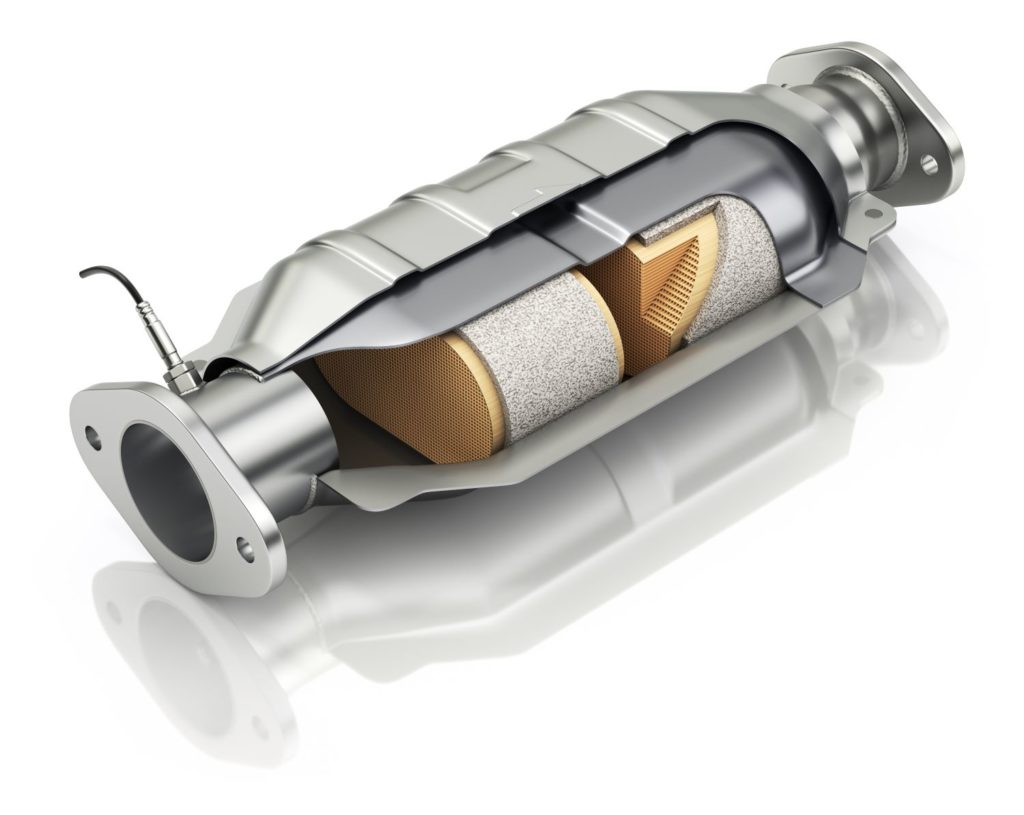
What Does the P2098 Code Mean?
Diagnostic trouble code (DTC) P2098 stands for “Post Catalyst Fuel Trim System Too Lean (Bank 2). ” It means the exhaust stream on the bank 2 side contains higher oxygen levels exiting the converter than it should. This code points to a too-lean reading from the downstream sensor.
The O2 sensor behind the catalyst monitors O2 storage capacity; that being said, the ECM/PCM factors in readings of both the front and rear (upstream and downstream) sensors to determine proper exhaust stream composition.
To learn more about catalysts on today’s vehicles and how they can trigger OBD-II codes like p2098, read our explanation here.
During the course of watching the upstream O2 sensor, the ECM/PCM also watches the downstream sensor for indications that the mixture is too lean – and if the upstream O2 sensor on that bank becomes unreliable, the ECM/PCM will actually begin to adjust fuel trims based on rear O2 sensor input. If the ECM/PCM detects a lean condition downstream of the converter (code P2098 indicates that), the problem may be on the upstream side of the converter; remember that before throwing a downstream sensor at the problem.
For an advanced discussion of fuel trim, you can read our technical explanation here.

What are the Possible Causes of the P2098 Code?
Several issues can trigger the lean readings in the bank 2 oxygen sensor 2 unit. The PCM may log a P2098 code in response to:
- A leak in the exhaust system(natural exhaust pulses can draw outside O2 in through an exhaust system leak upstream of an O2 sensor, which will drive the sensor signal to indicate a false lean condition.
- Bad or failing upstream oxygen sensor
- A problem in the post-catalytic oxygen sensor circuit (e.g., damaged wires or poor connections),
- Lean running condition (vacuum leak MAP or MAF sensor malfunction)
- An issue with the PCM, such as software in need of an update
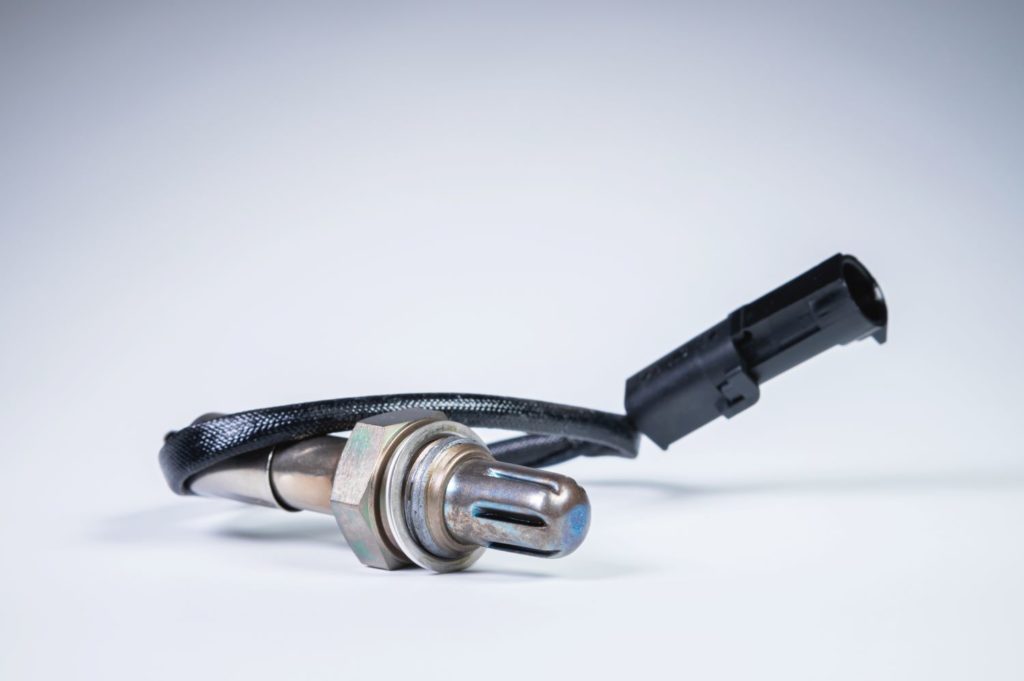
What are the Common Symptoms of the Code P2098?
The following symptoms may also appear along with code P2098:
- Check Engine Light illuminates or blinks (blinking only happens when the engine has a serious misfire)
- Rough idle
- Poor acceleration
- Engine misfire
- Overheating catalytic converter
How to Diagnose the P2098 Code
A P2098 code won’t cripple your vehicle’s drivability, so you can still bring it to an auto repair shop and get it repaired. For car owners with plenty of skill in DIY car repair, an advanced diagnostic scan tool can make it easier to identify the root of this trouble code.
The diagnostic steps associated with code P2098 depend on the year, make, and model of the vehicle. Consult the appropriate repair manual for the recommended troubleshooting procedure.
How to Fix the P2098 Code
Fixing the P2098 code may not be a straightforward affair when you consider the number of possible reasons that could have triggered it. A lot of people often let their mechanics do the fixing to spare themselves the trouble of trying to figure out the proper fix.
If you do have the necessary automotive DIY skills, you can try to do the job yourself with the help of online repair guides or manuals. Just keep in mind that vehicles from different manufacturers may have their own repair procedures and that a fix that works on a particular model may not work on another one.
Other Notes About P2098
The P2096 code resembles P2098 in almost all regards. This similar code applies to the post catalytic oxygen sensor on bank 1, the same side as the engine’s cylinder 1.
Where To Get Parts To Resolve P2098 Code
While it won’t cripple your vehicle, it’s still best to resolve the P2098 code when you can. The resulting rough idle and poor acceleration might not seem too serious at first, but they can become rather tiresome. Luckily, you can get the parts you need to resolve the P2098 code at CarParts.com
CarParts.com offers a wide selection of aftermarket parts at different price points to suit your budget. Our customer service team is ready and eager to help you with your purchases with support around the clock. Our website makes ordering from the comforts of your home a breeze. You can easily find the parts you need for your vehicle’s year, make, and model with our integrated vehicle selector, and checking out takes just a few quick clicks.
Check out our selection of our oxygen sensors and place your order on CarParts.com today.
Products Mentioned in this Guide
Shop this Project




Any information provided on this Website is for informational purposes only and is not intended to replace consultation with a professional mechanic. The accuracy and timeliness of the information may change from the time of publication.



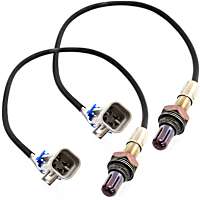 Oxygen Sensor
Oxygen Sensor
 Exhaust System
Exhaust System
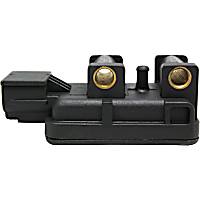 MAP Sensor
MAP Sensor
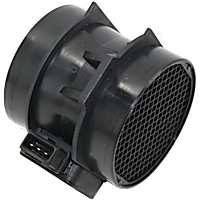 Mass Air Flow Sensor
Mass Air Flow Sensor
 Catalytic Converter
Catalytic Converter
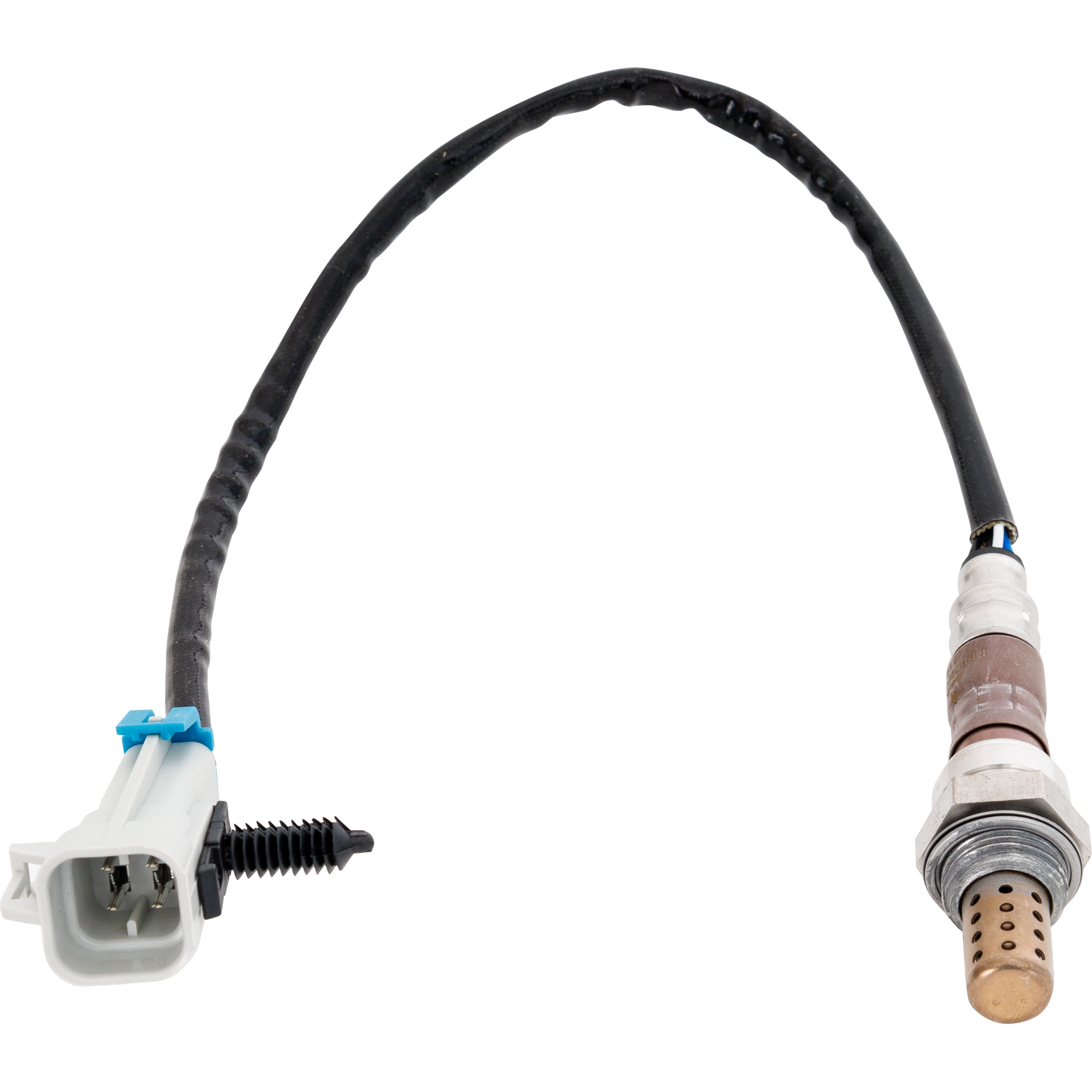
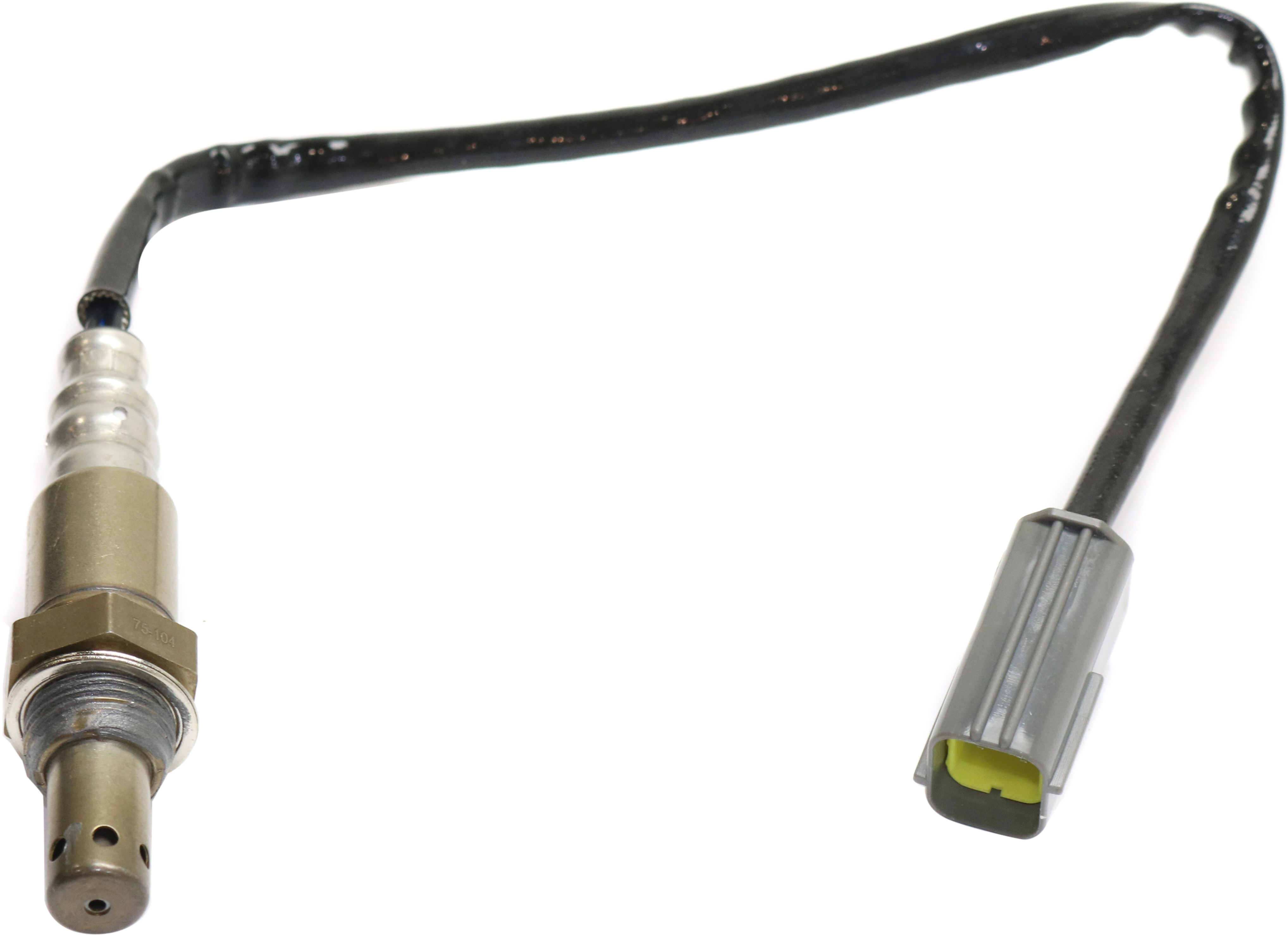

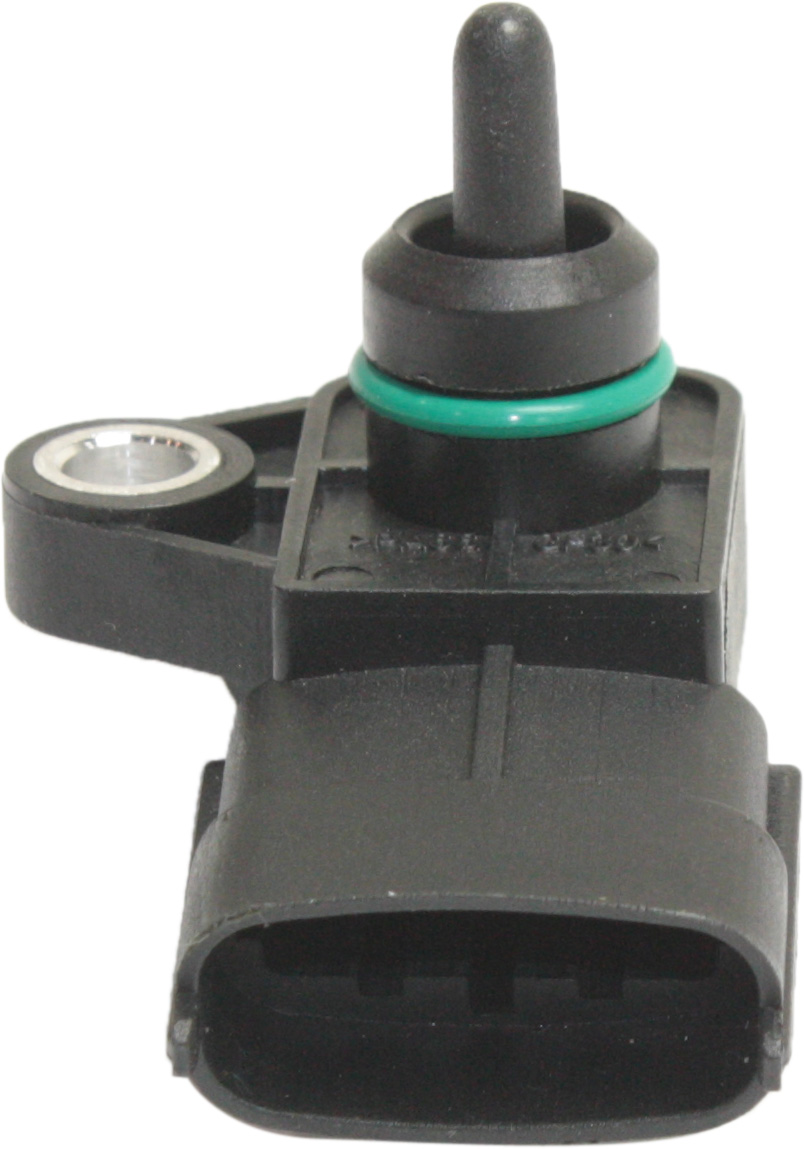
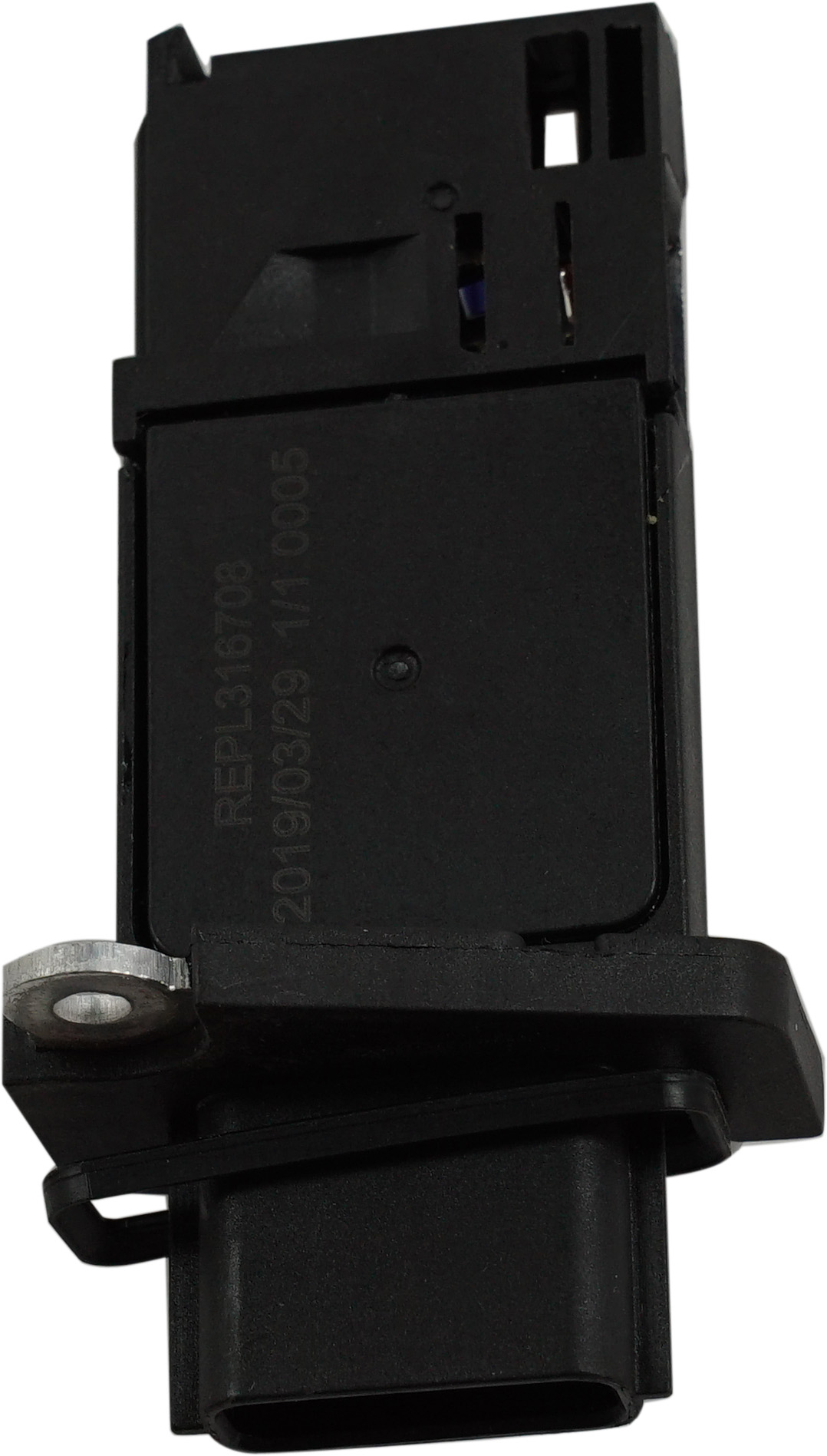





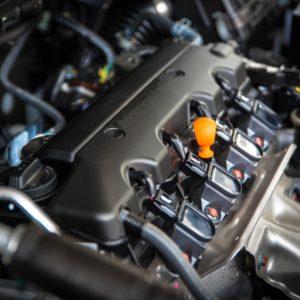











Are you correct in stating that code P2098 involves the post catalytic converter with bank 2? Shouldn’t it be oxygen sensor #1 bank 2?
Hi Jay,
Code P2098 involves the post catalyst oxygen sensor on bank 2. The post catalyst O2 sensor is the one downstream from the catalytic converter, which is usually referred to as sensor #2.
This article outlines the generic code definition from the Society of Automotive Engineers (SAE). But as the in-text disclaimer mentions, in some cases, the vehicle manufacturer may set a different definition for this and other generic codes.
For others wondering about this, a sensor #1 is always pre cat, and a sensor #2 is always post cat, regardless of which bank.
If there is a trouble code for a sensor #1 (pre cat) on bank two, the code number would likely be P015x. The x would be a number that would describe the trouble with sensor #1 on bank 2.